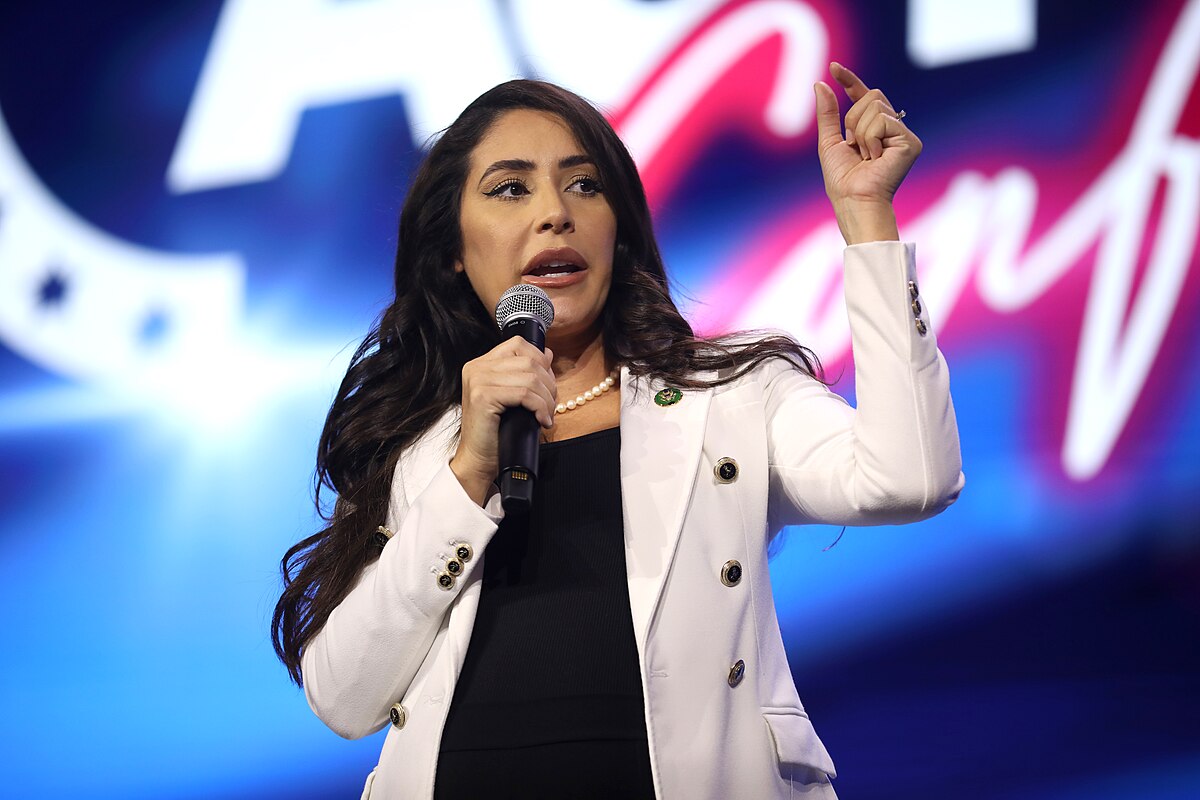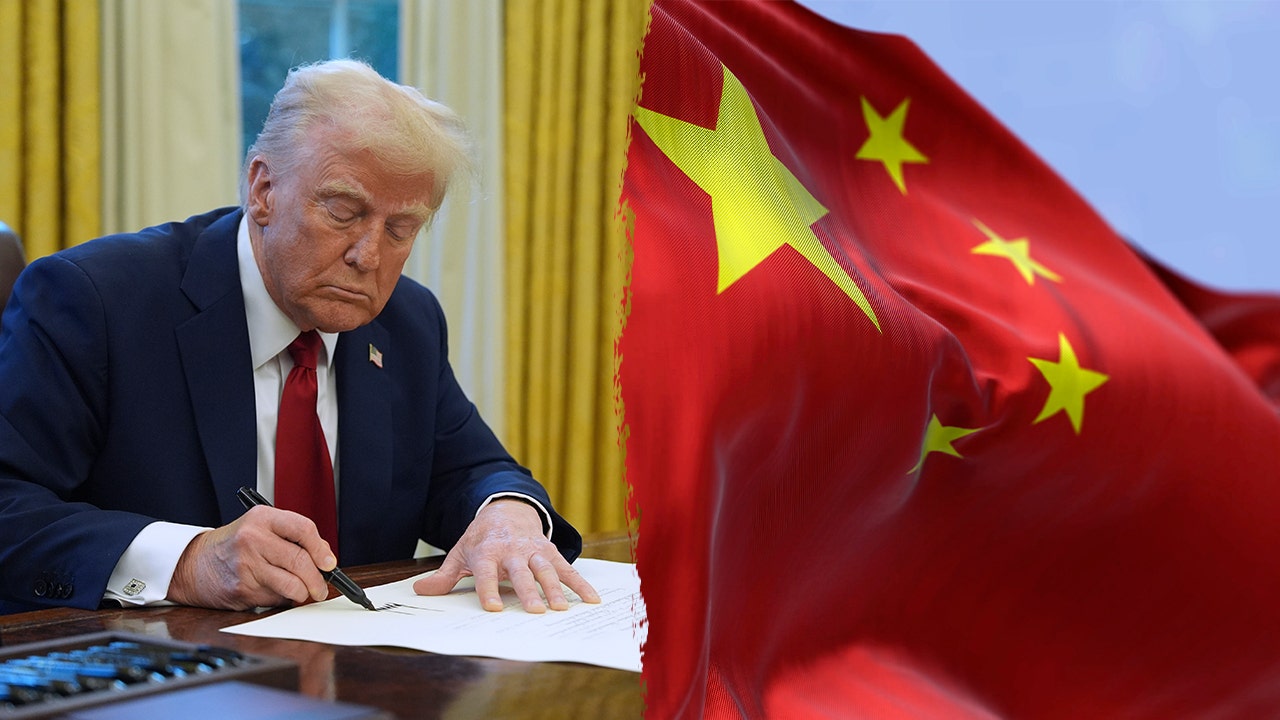WASHINGTON — No one is ready to take credit for the formula that President Trump used to calculate his “Liberation Day” tariffs — which slapped steep levies on key allies and huge taxes on goods from countries like Cambodia and Madagascar.
The chief architect of the math remains a “mystery,” White House sources told The Post.
But at the heart of the decision-making is Trump himself — who has agitated for tough tariffs for more than 40 years.
Trump, 78, used his core economic team as his “sounding board” a day before walloping the world — and likely US consumers — with the 10% base tariff and hitting the “worst offenders” with a higher rate.
The European Union received a new 20% tariff, Israel 17%, Japan 24%, South Korea 25% and Vietnam 46%.
Officials involved in the tariff package upending US trade relations included Secretary of Commerce Howard Lutnick, Treasury Secretary Scott Bessent, US Trade Representative Jamieson Greer and White House trade adviser Peter Navarro, sources said.
Officials have offered seemingly conflicting details about the genesis of the formula, which roughly correlates tariffs to half of the current US trade deficits with each country.
That’s how Cambodia ended up with a 49% tariff on all exports to the US, and Madagascar — which produces 80% of the world’s vanilla beans — is looking at a 47% levy.
“Trump used everyone as a sounding board until the very last minute,” one source close to the White House told The Post, adding that the official who crafted the formula for correcting trade discrepancies — not strictly tariffs — was a “mystery to everyone I ask or they’re keeping a secret.”
White House press secretary Karoline Leavitt said before the announcement that Trump was meeting with his trade and tariff team ironing out the final plans.
Multiple administration officials similarly told The Post they either didn’t know the answer or didn’t respond to inquiries.
And some have given contradictory hints on who deserves credit — or blame.
Senior White House officials on Wednesday said that the Council of Economic Advisers, led by the relatively little-known economist Stephen Miran, set the rates.
“The numbers have been calculated by the Council of Economic Advisers using very, very well established methodologies from the International Trade economic literature as well as policy practice. The model they use is based on the concept that the trade deficit that we have with any given country is the sum of all the unfair trade practices, the sum of all cheating,” one White House official said.
But on Thursday, chief White House economist Kevin Hassett, who led the Council of Economic Advisers during Trump’s first term, described Greer’s office as taking the lead.
“What happened was that the US Trade Representative looked at where the trade deficits were and adjusted the tariffs in order to respond,” Hassett said.
Although simplified for public consumption as roughly half of the US trade deficit with a given target, the actual math was more complicated.
The equation publicly released by the USTR said that formula assessed factors including the elasticity of imports, the pass-through cost of tariffs and the current exports and imports from each country.
The president, who has served as chief spokesman of his long-held vision for trade protectionism to boost US manufacturing, got to work on how to implement the tariffs right away after retaking power in January, senior administration officials said on a phone call Wednesday.
On his first day in office of his second term, Trump directed members of his cabinet to “investigate” the best way to deal with trade imbalances and present a plan to him on April 1, the officials said.
Trump weighed in on how he wanted the final formula to look, according to administration officials.
“Suffice to say, the worst offenders will have reciprocal tariffs apply to them. We will not apply the entirety of that reciprocal tariff. The president is lenient and wants to be kind to the world,” one official said in Wednesday’s phone call.
Trump said both Wednesday and Thursday that he expects the tariffs to induce other countries to break down their trade barriers and to reach out for talks, but the Washington Post reported Thursday that talking points for White House surrogates should not be characterized as a starting point for negotiations.
One former trade official from Trump’s first administration said they were “surprised” at just how expansive the tariff package was.
“The rationale behind hitting 50 countries, many of which we do very little trade, and which will be quite disruptive for not a lot of economic gain, is quite strange,” the former official told The Post.
“So I think probably the president ultimately decided he wanted to be more expansive than some of the guidance he had received,” the former official speculated.

 By New York Post (Politics) | Created at 2025-04-03 23:26:29 | Updated at 2025-04-04 18:44:50
19 hours ago
By New York Post (Politics) | Created at 2025-04-03 23:26:29 | Updated at 2025-04-04 18:44:50
19 hours ago








